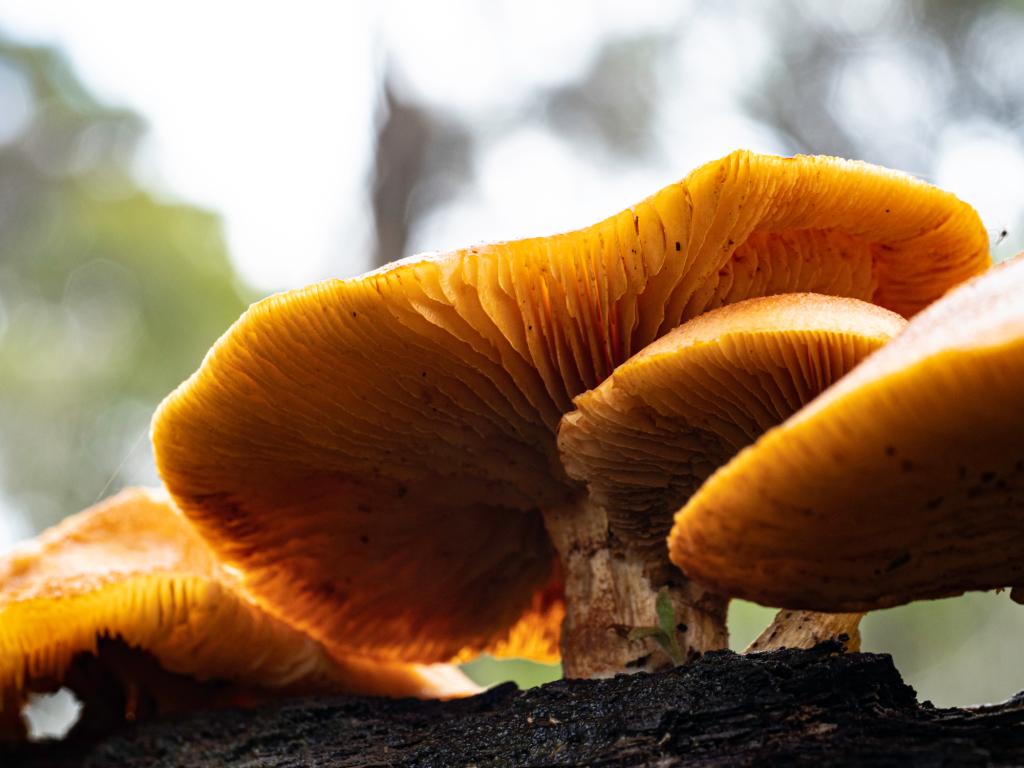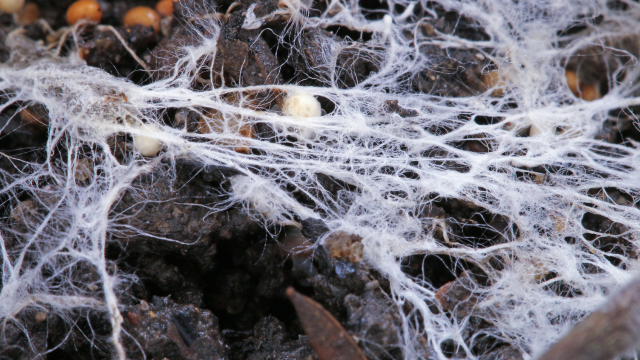Our Cottagecore dreams could be coming true as scientists figure out a way to combine wool and fungus to create a building material.
By taking mycocrete – a paste made of fungal root networks – and placing it on knitted merino wool moulds, scientists are able to create a replacement for a variety of common building materials, including foam, plastic, and timber.
What exactly is the building material they’re making?
It all starts with something called mycelium. A mycelium is a network of fungal roots or threads. It occurs naturally and a full mycelium can come from a single spore. This is what scientists are using to help form the base of this new, natural building material.
Mycelium is turned into a paste called mycocrete. To make the paste, the mycelium spores are mixed with grains they can feed on to grow. While the spores are eating their grains (yummy), they’re also given a place to grow. The place that they grow is in a knitted merino textile (essentially wool). The wool that the mycocrete grows on helps to shape the spores as they expand.
The spores, grains and wool are put into a dark, humid environment – perfect for our little fungus friends to grow. But just before actual mushrooms start to flower, the concoction is dried out, leaving a brand new material that can potentially be used for building.

What are the benefits?
Unlike some other man made building materials, mycocrete is lightweight and has low environmental impact. Because one spore can create a whole fungal root network, it’s also sustainable. In addition, the production of mycrocrete is done primarily by the spores themselves. They eat the provided grains and then grow and expand to fill up a mould without much input from humans.
The created samples have also been tested for compression, tension and flexion. The mycocrete samples are stronger than mycelium by itself and the team have already created a successful free standing sample dome.
While this is a huge breakthrough for both bioscience and the construction industry, we’re still a while off living in houses made of wool and mushrooms. There’s still lots of testing and experimentation to be done in terms of the material and its suitability for different climates.
For now, we’ll keep daydreaming about our perfect little mushroom houses until we can learn a bit more.
